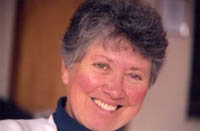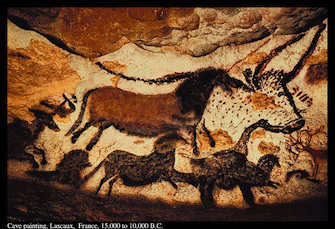See a photo of Cathryn, her bio, and Part 1 of this Q&A.
Q&A with Cathryn Wellner, Question 2:
Q: How did you initially become involved with story/storytelling/narrative? What attracted you to this field? What do you love about it?
A: I dived into storytelling as a survival mechanism. I’d been a high school librarian and had told stories as a way of getting teenagers to read. I didn’t think of it as storytelling. I was doing “book talks.”
Then I spent a year in Germany and decided that when I came back I wanted to try working with young children. The school district reluctantly agreed and put me in the one vacant spot, a school with kindergarten through third grade. I had no early-childhood education and no experience working with little ones.
It didn’t take long for me to realize they didn’t need the Dewey Decimal system, at least not yet. They needed stories. Two years later I moved from Rochester, New York, to Seattle, Washington. By that time I’d become involved in a storytelling guild and felt as if I’d found my vocation. For the next 10 years, storytelling was my life.
Then one of those Major Life Transitions took me to Vancouver Island. I performed and taught storytelling classes and workshops. Then came another uprooting, to a ranch in Cariboo, in the heart of British Columbia. I no longer easy access to storytelling venues. What I did have was animals to feed and bills to pay.
That’s when I started doing community development. To be honest, I
didn’t even know what it was, but I was desperate. I applied for the first contract that sounded like something I could do. The hiring organization didn’t know I was suffering from impostor syndrome. Three months later, they hired me to run the organization.
I gradually stopped discounting the value of storytelling to my work because I saw how effective it was in presentations to city councils, funders, media, and evaluators.
In a rural area, organizations don’t have the luxury of a large pool of consultants. Demands on my time grew to the point I decided to go freelance. I never had to look for work. Somehow it always found me. And it was always heavily influenced by storytelling. It didn’t take me long to realize that community development is about stories. When an existing story is no longer working or is not large enough, sometimes an outsider can help the group identify a new story that will move them forward.
So storytelling became the underpinning of everything I did. When I look back on the unexpected twists and turns of my professional life, I feel extraordinarily lucky. Storytelling allowed me to be happily employed, doing what I loved. Initially, I thought that meant performing and workshops. When that morphed into the world of community development, I realized I’d found my niche and have been happy in that ever since.









